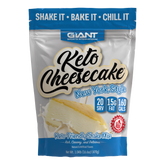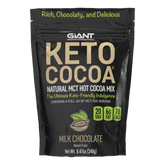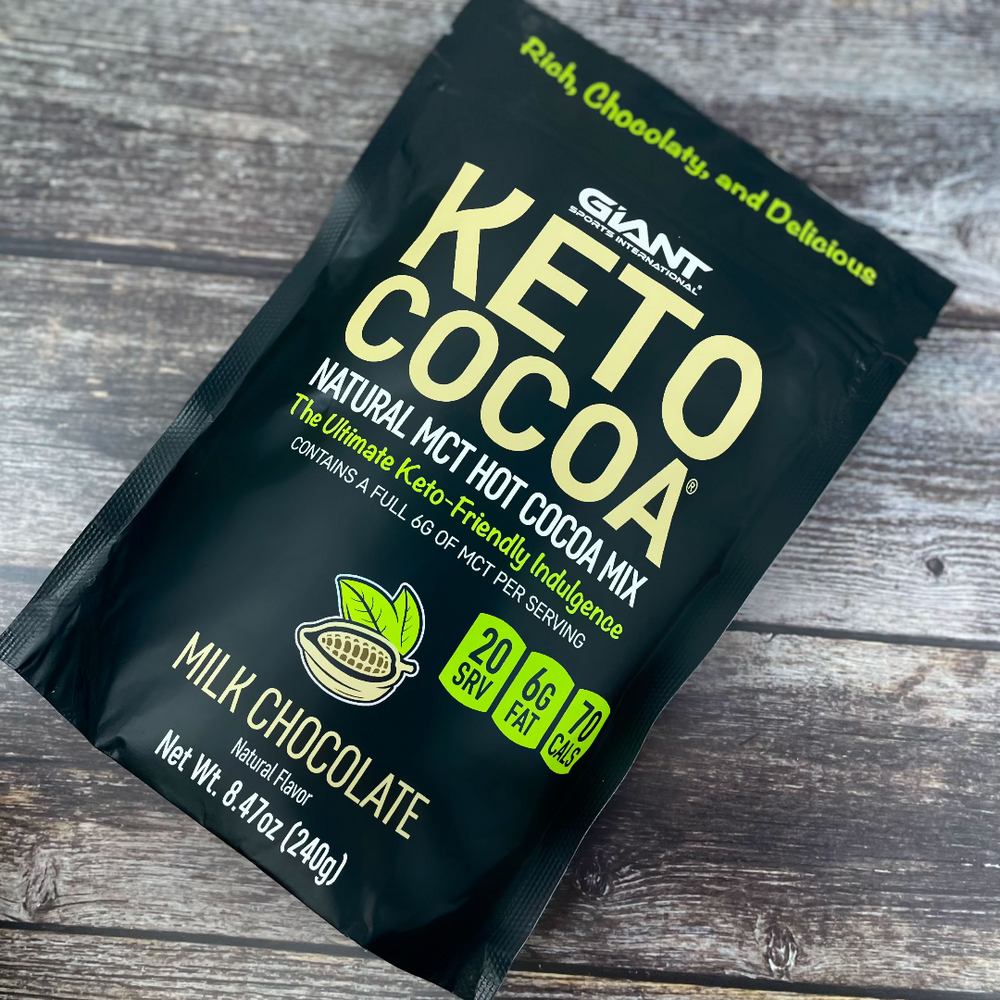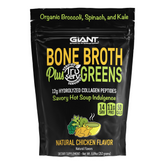
7. Jicama
Jicama is a root vegetable that comes from South America, and it has a juicy and crunchy texture. It is a versatile food, and it works well as a potato substitute. Jicama is roundish, and its skin is a smooth medium brown. It has three layers, and you will remove the outer two before you prepare it. The inside layer is similar in texture and color to an apple. It has less than nine carbs per 100-gram serving, so it works as a substitute for potatoes.
- Baked Jicama Fries
- Mashed Jicama
- Baked Jicama
- Roasted Jicama
- Jicama Chips
The list continues on, as this is a versatile food, and people really enjoy the flavor and the texture. You might even find that you like it better than potatoes.
Why People Aren’t More Familiar with These Alternatives to Potatoes
You may wonder why people don’t use these alternatives more often, considering that they are lower in carbs and taste just as delicious. The reality is that some people do, but potatoes are easy. Everyone can identify a potato, and most people know how to prepare one. They are so common that they are mass-produced and
available in most stores and restaurants.
Most of these alternatives are also available in most grocery stores, and restaurants are beginning to offer dishes that provide low carb alternatives. Almost anything you make with potatoes can be made with these seven foods. You just need to know how to cook them.
Low Carb Alternatives Will Become a Favorite
When you are starting out on the keto diet, you may think that nothing can replace the combination of meat and potatoes. It’s such a popular duo that it is a phrase that describes two things that fit perfectly together. The reality is that the alternatives listed above can just as easily work with meat.
Potatoes are comfort food, and they fill you up. The taste and texture mix well with the taste and texture of meat. The fact that it hasn’t become common for people to eat alternatives is more a matter of convenience than anything else. Until people began to realize that eating a lower-carb diet is actually better for the body, there wasn’t much of a need to find an alternative to potatoes.
Potatoes are versatile, and they can be prepared any way from chips to fries to mashed. The great thing about these alternatives is that many of them mimic this versatility, and they taste great, too. Each vegetable on this list has a slightly different taste and texture, but the end result is the same, and they will complement your meat and leave you satiated every time.
Cauliflower is particularly versatile, as it can be boiled to replace potatoes, but it can also be riced. It is very similar to potatoes in texture, and it is making an appearance in trendy restaurants already. Kohlrabi and Jicama are less known, but they are slowly emerging as great alternatives. All of these veggies will be situated near the onions and potatoes in the grocery store.
Final Thoughts
One of the scariest things about making the commitment to adopt the keto lifestyle is the thought of giving up foods that you love, including potatoes. Unfortunately, potatoes have to go because they have more than your entire daily allowance of carbohydrates in one serving. To get your body into ketosis, you must cut the carbs so that your body will stop using stored glucose for energy.
In spite of this, you can use any of these alternatives to create a delicious substitute to go with your meat. Cauliflower is by far the most widely used, and it will even appear in trendy restaurants. It is easy to prepare, and it complements the meat well. Once you branch out and try these alternative vegetables, you may find that you don’t miss potatoes at all.












